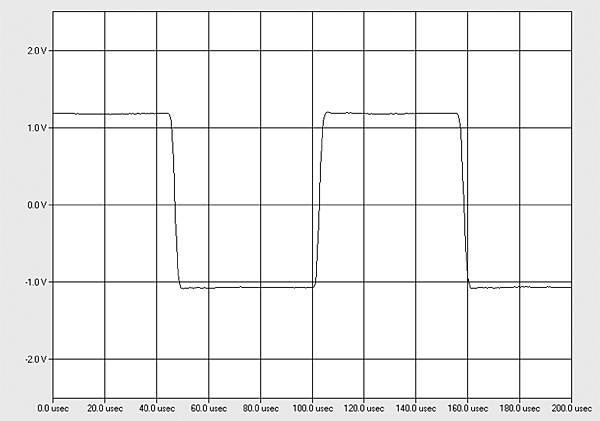SegaCD
Member
- Joined
- Nov 26, 2018
- Messages
- 77
- Likes
- 235
Many? At what level?
"Many" is a relative term. Like how "many" people can't afford even the "cheap" products reviewed on here! If I may keep riding the Pioneer super tweet train, the HPM-100 was one of the best selling hi-fi speakers in the 1970's (up there with the JBL L100) so "many" may own a super tweet capable of 100kHz.
In any case the low levels of distortion in the ultrasonic band still won't be of any issue.
This is a fairly correct answer. The only issue I see is possible intermodulation distortion with high frequency data in audio. For example, on spectrum analysis of many hi-res audio files sourced from analog tape, I frequently see rather hot 40kHz+ carrier-like signals that are a result of tape biasing during the recording process. If you have a hot 45kHz bias signal with a hot switch-mode PSU at 100kHz, the 3rd order intermodulation distortion harmonic is at 10kHz which is in the audible band. I'd like to assume that this 3rd order harmonic will be at extremely low levels but, you know, its there & should be pointed out.

